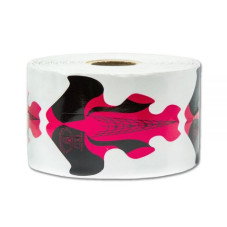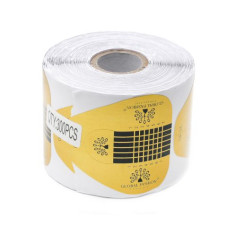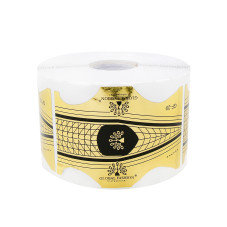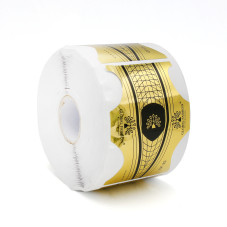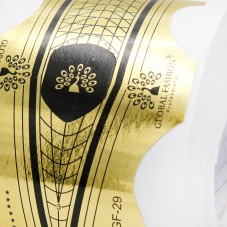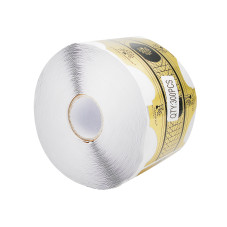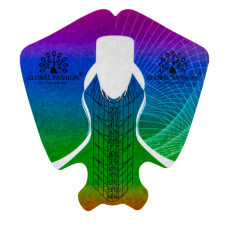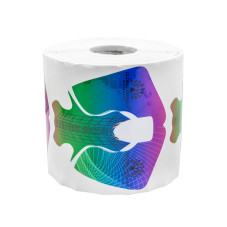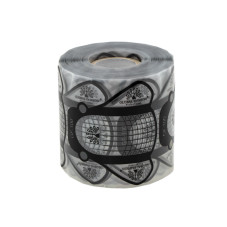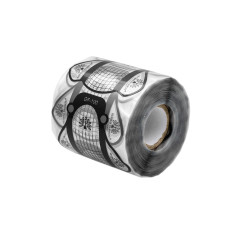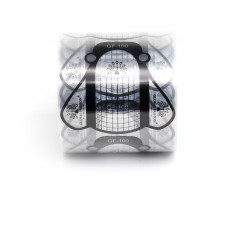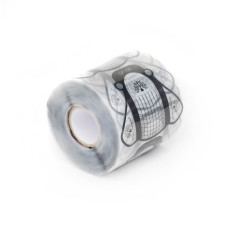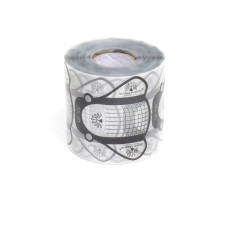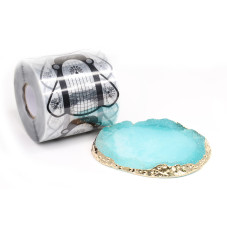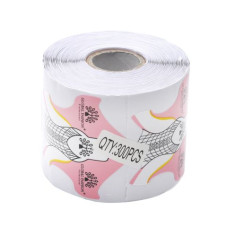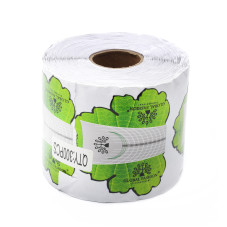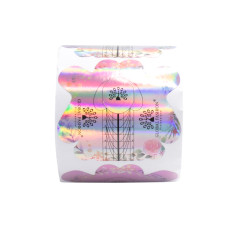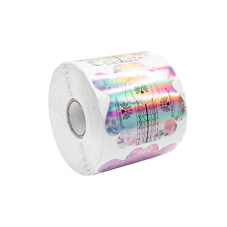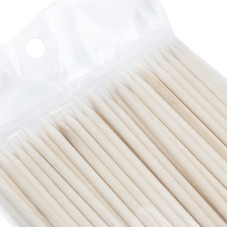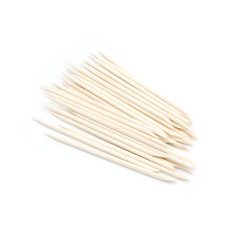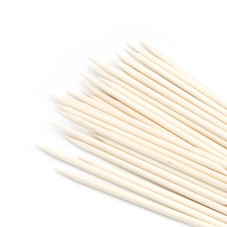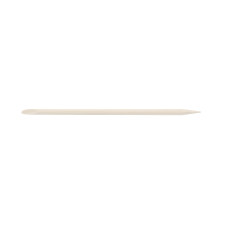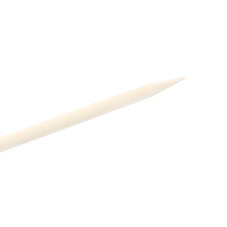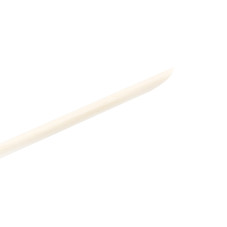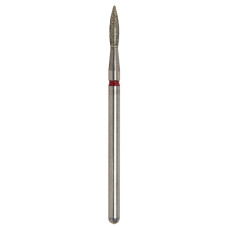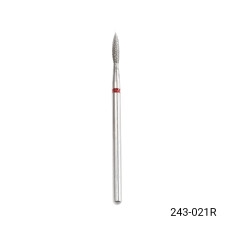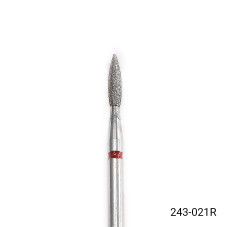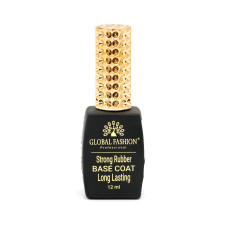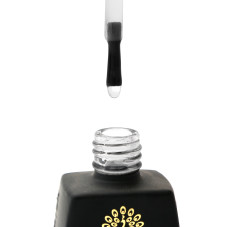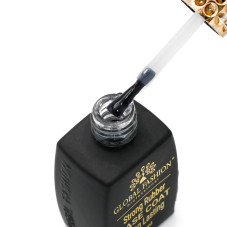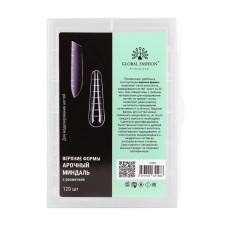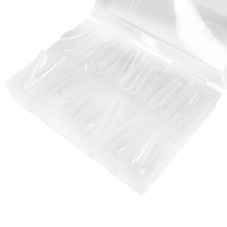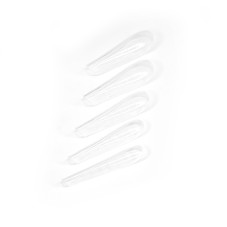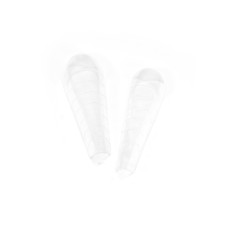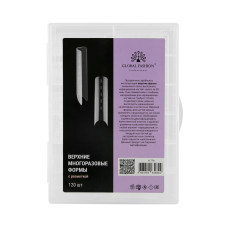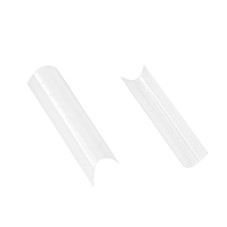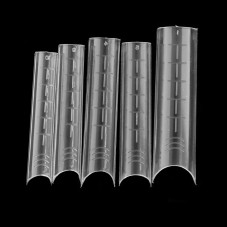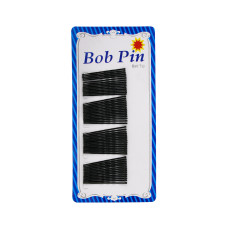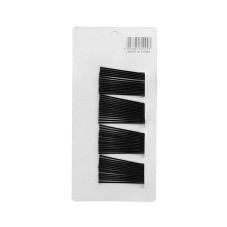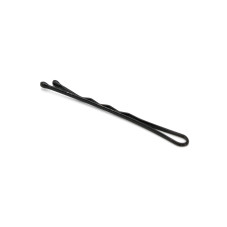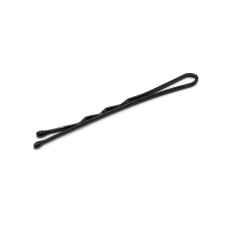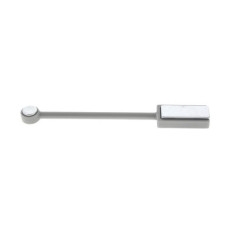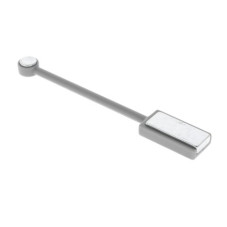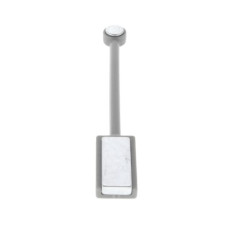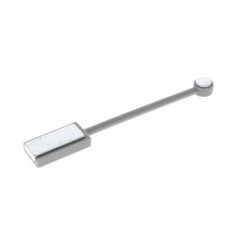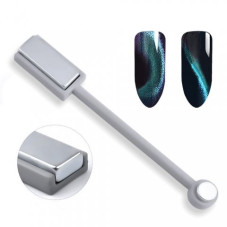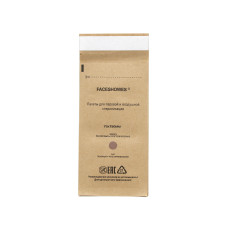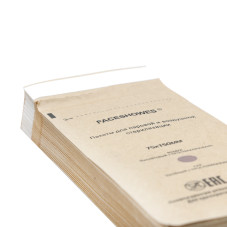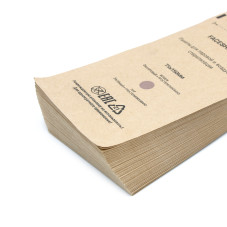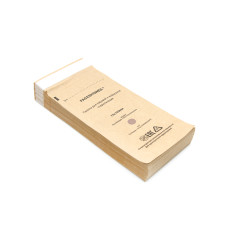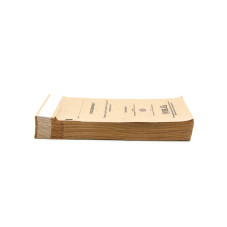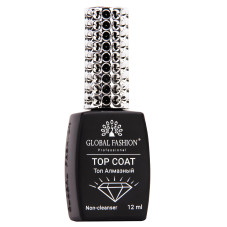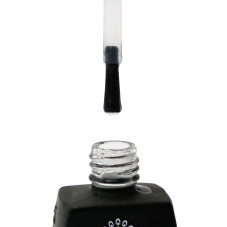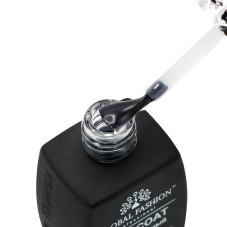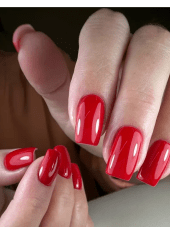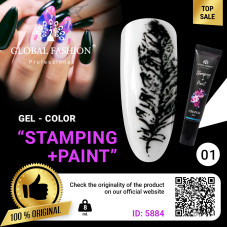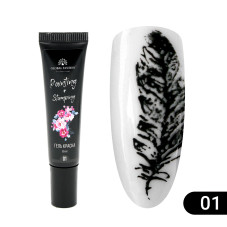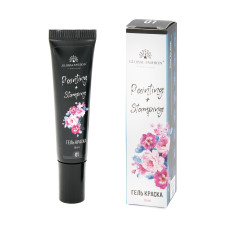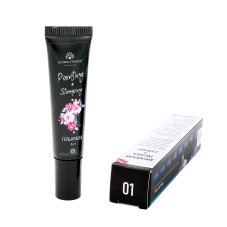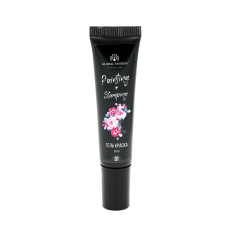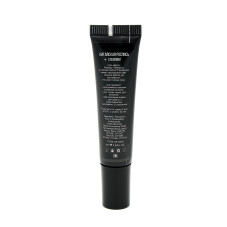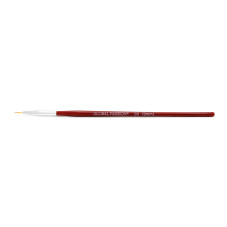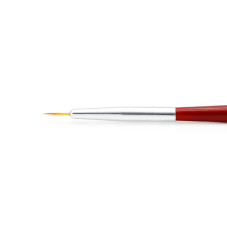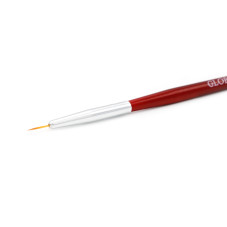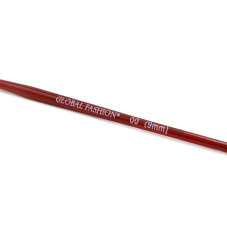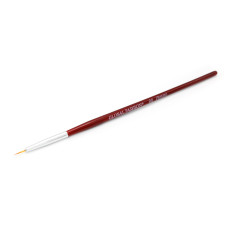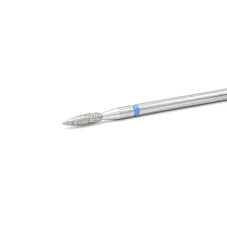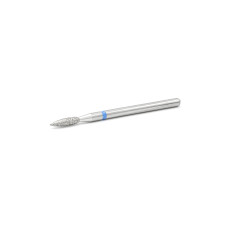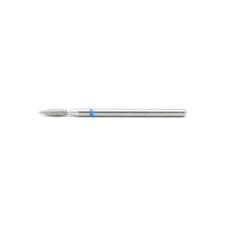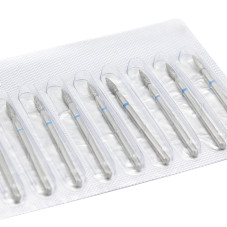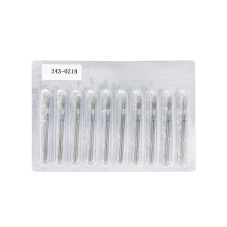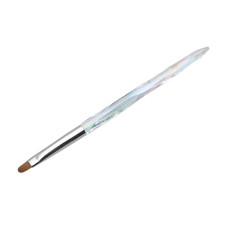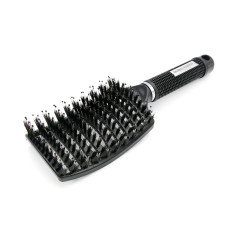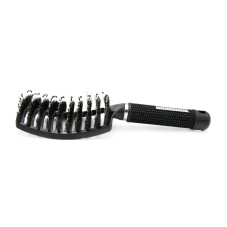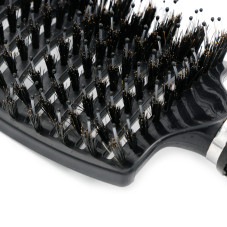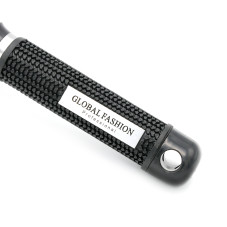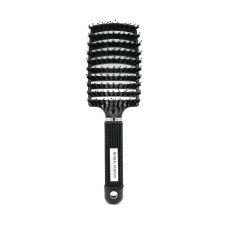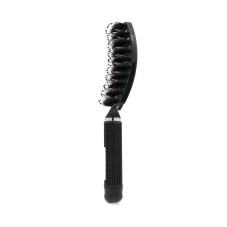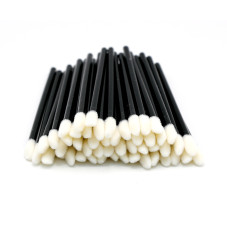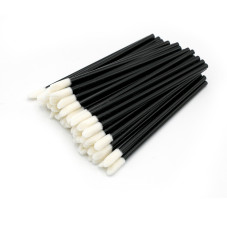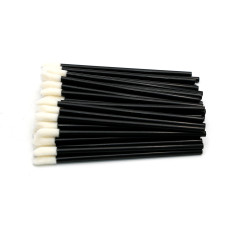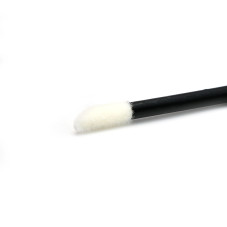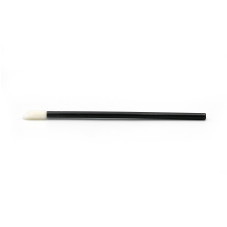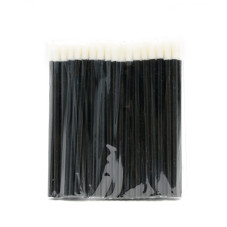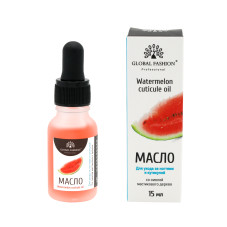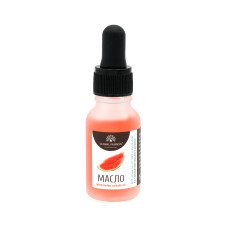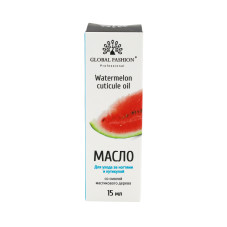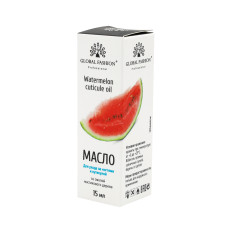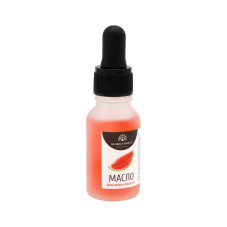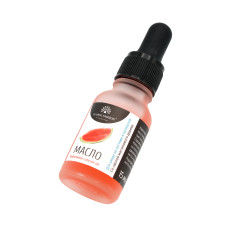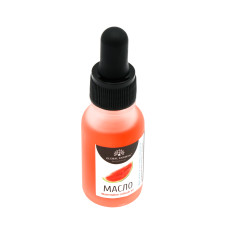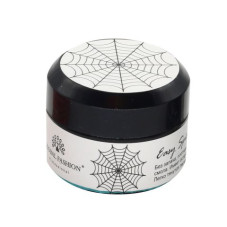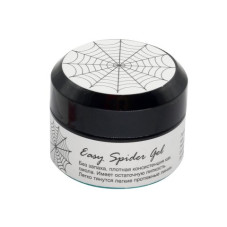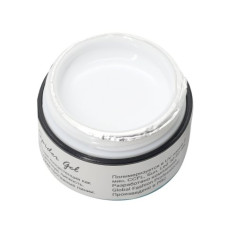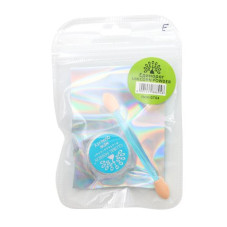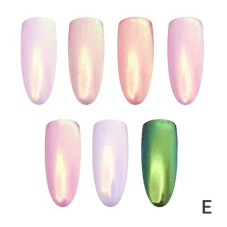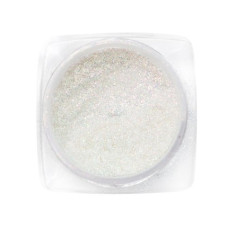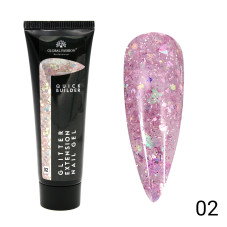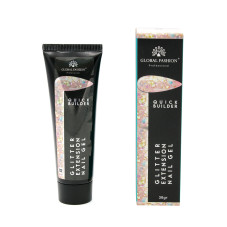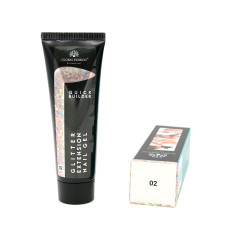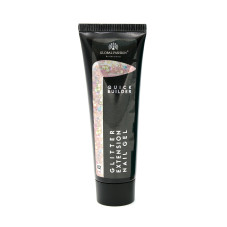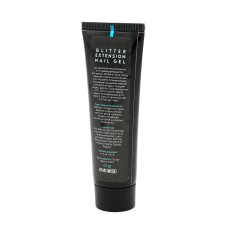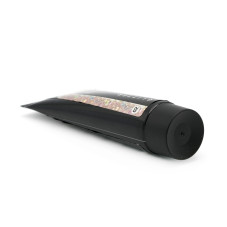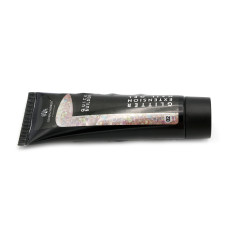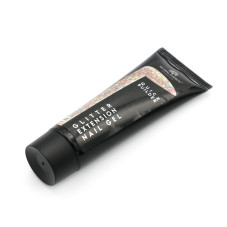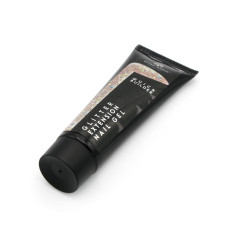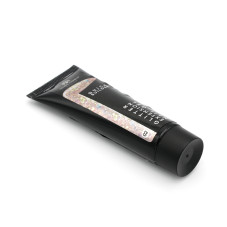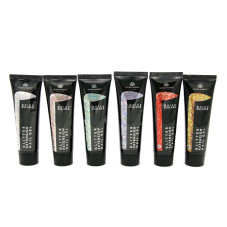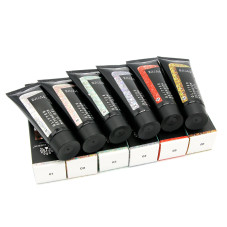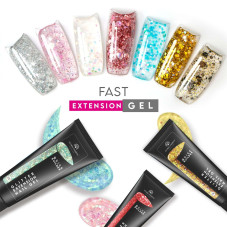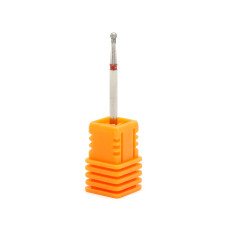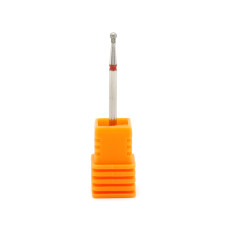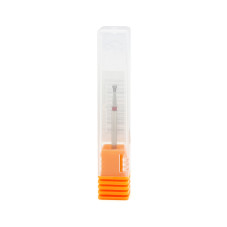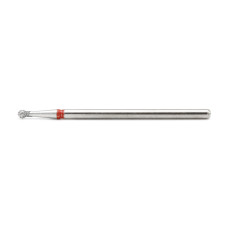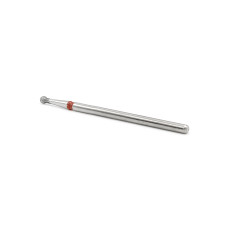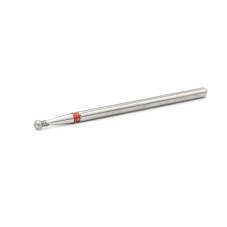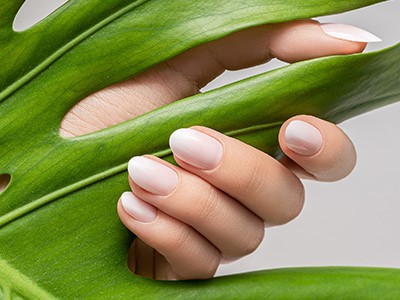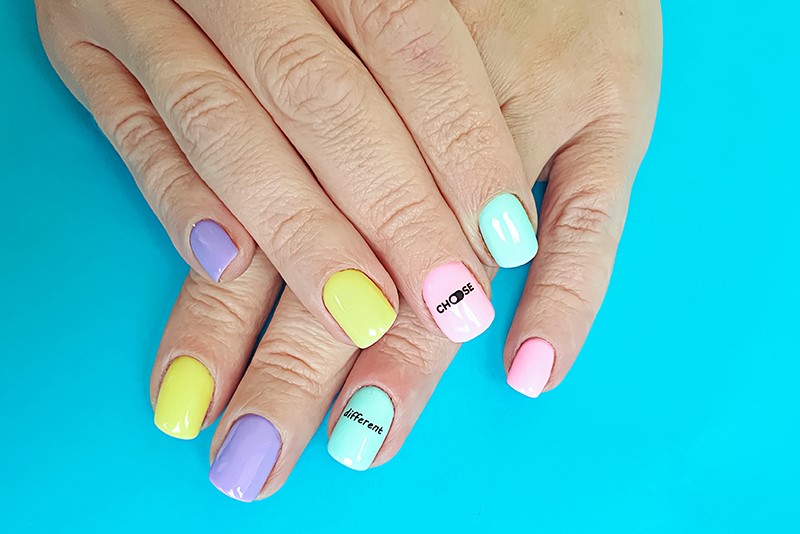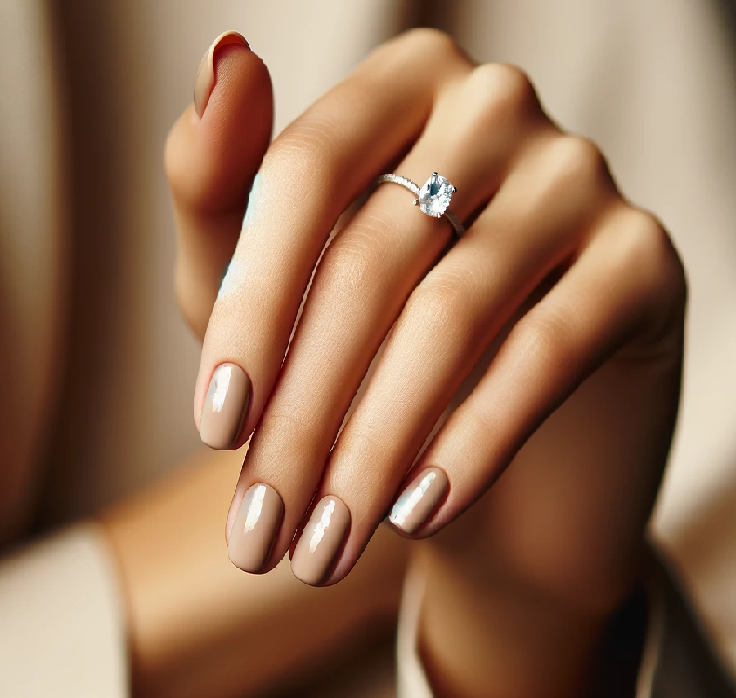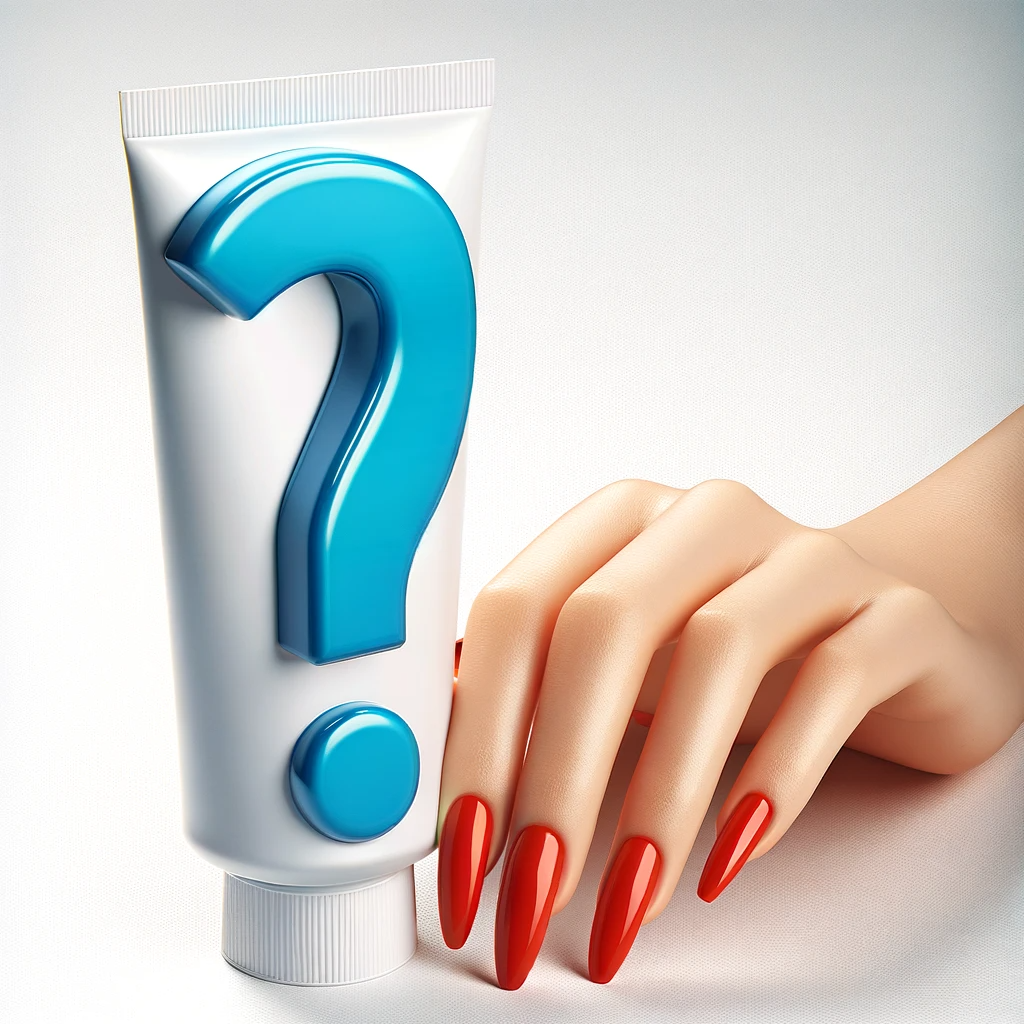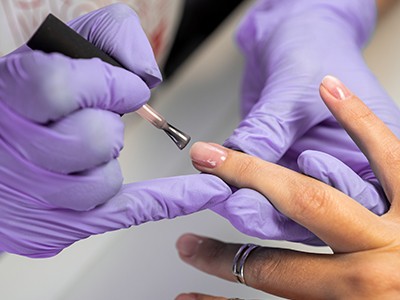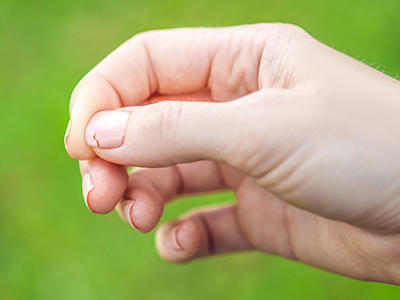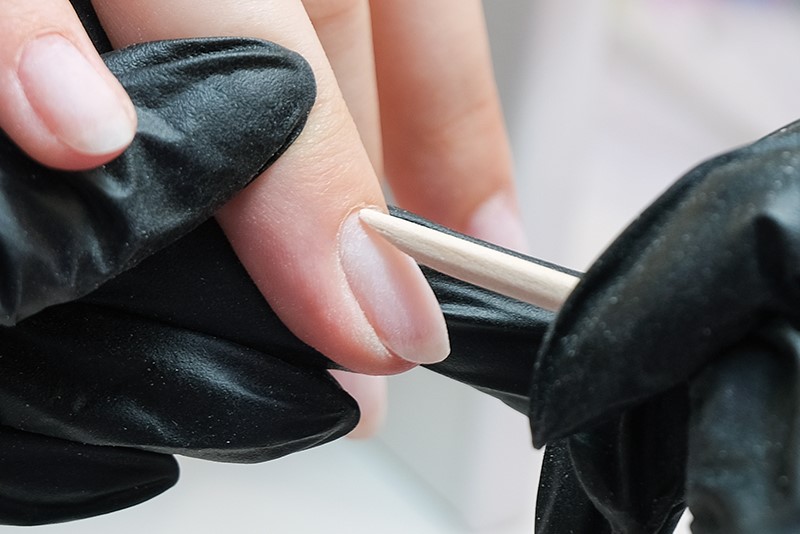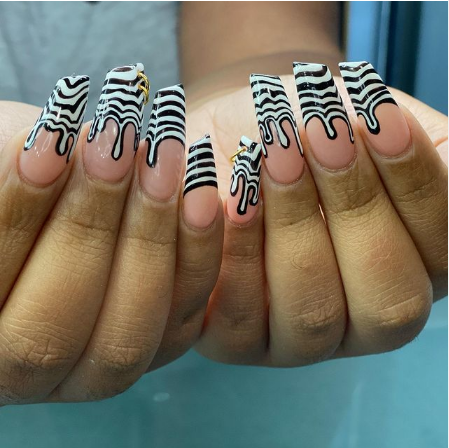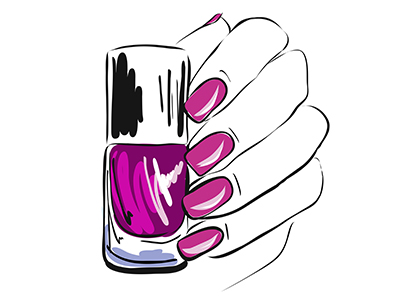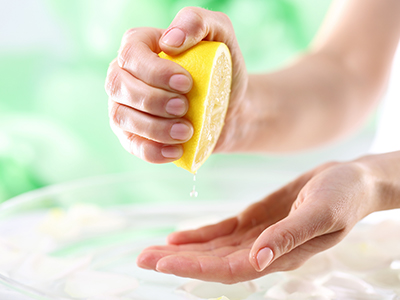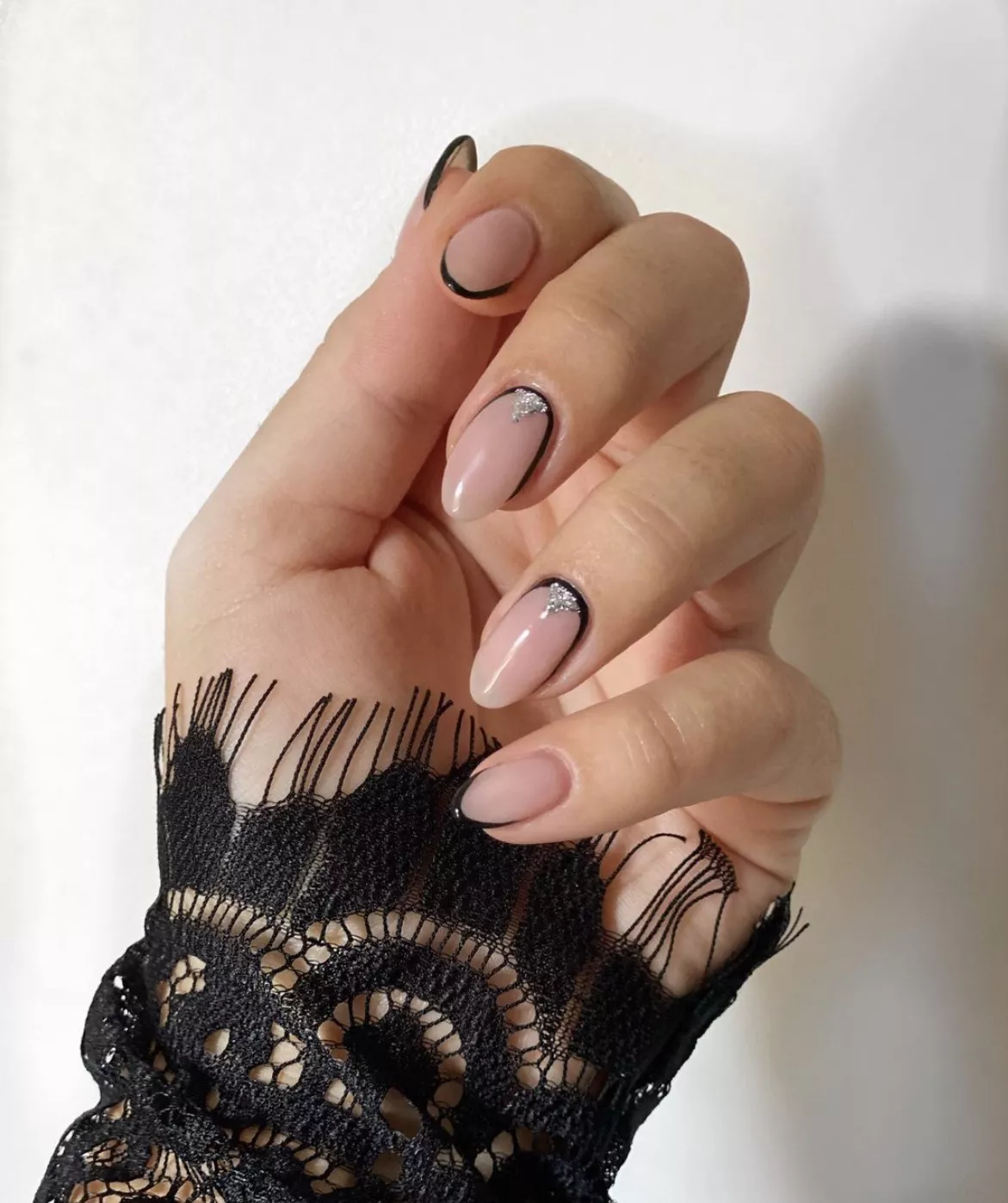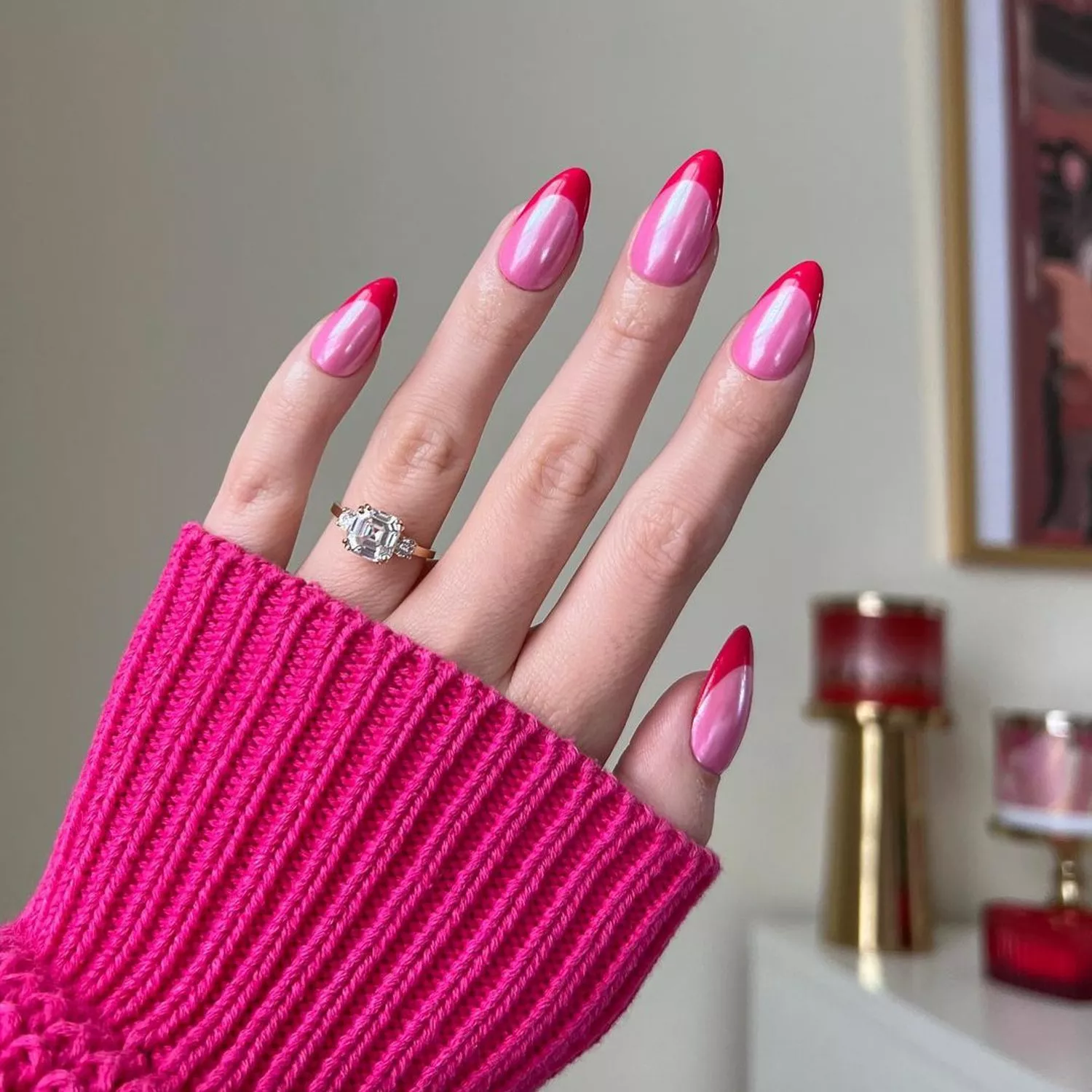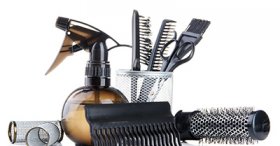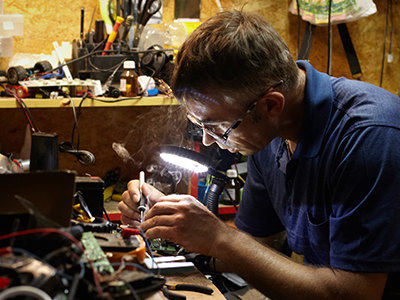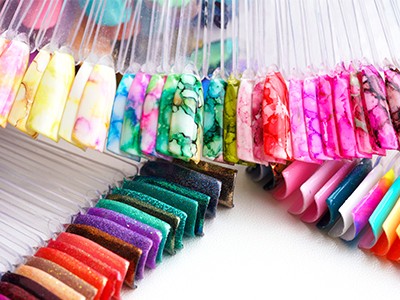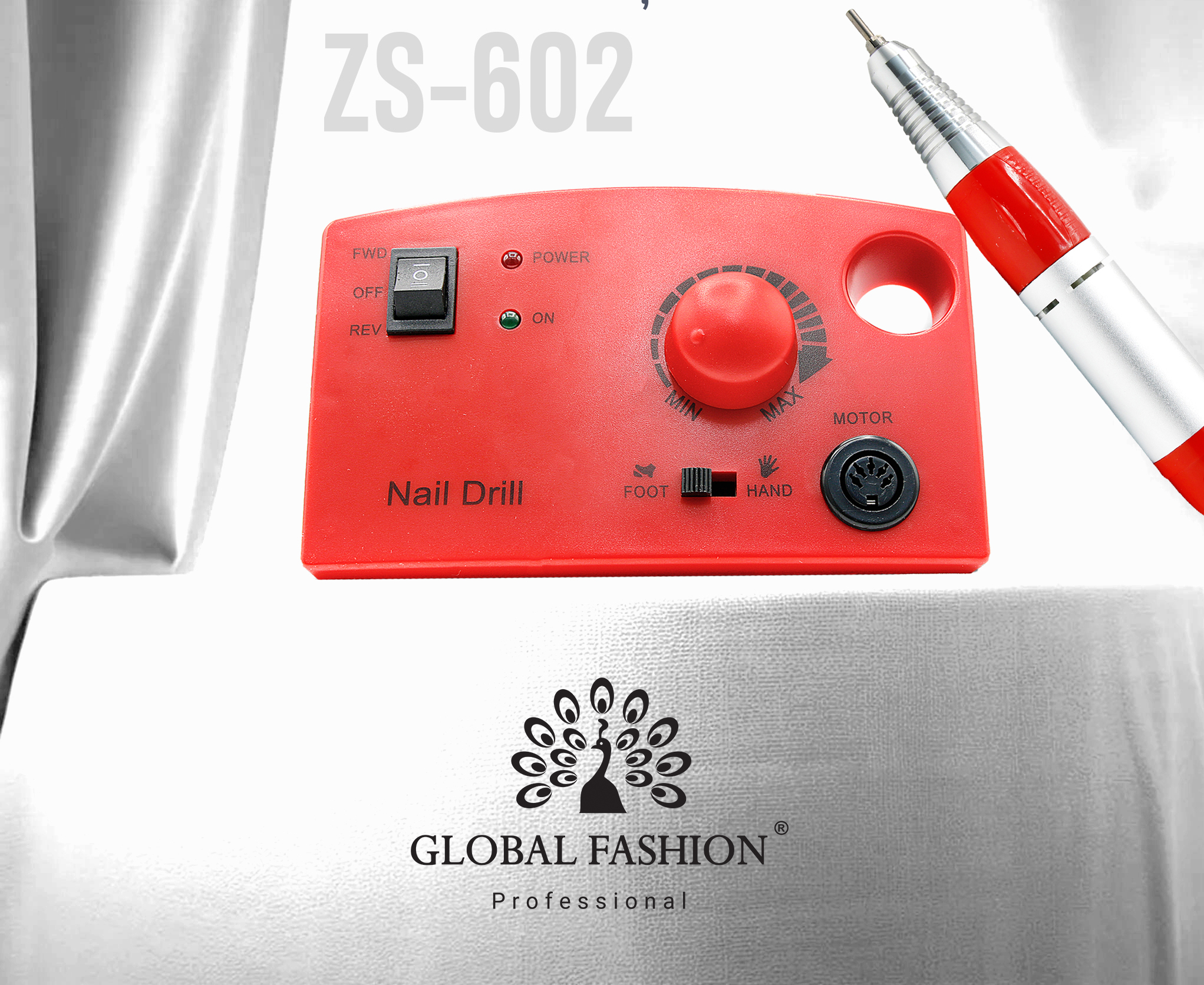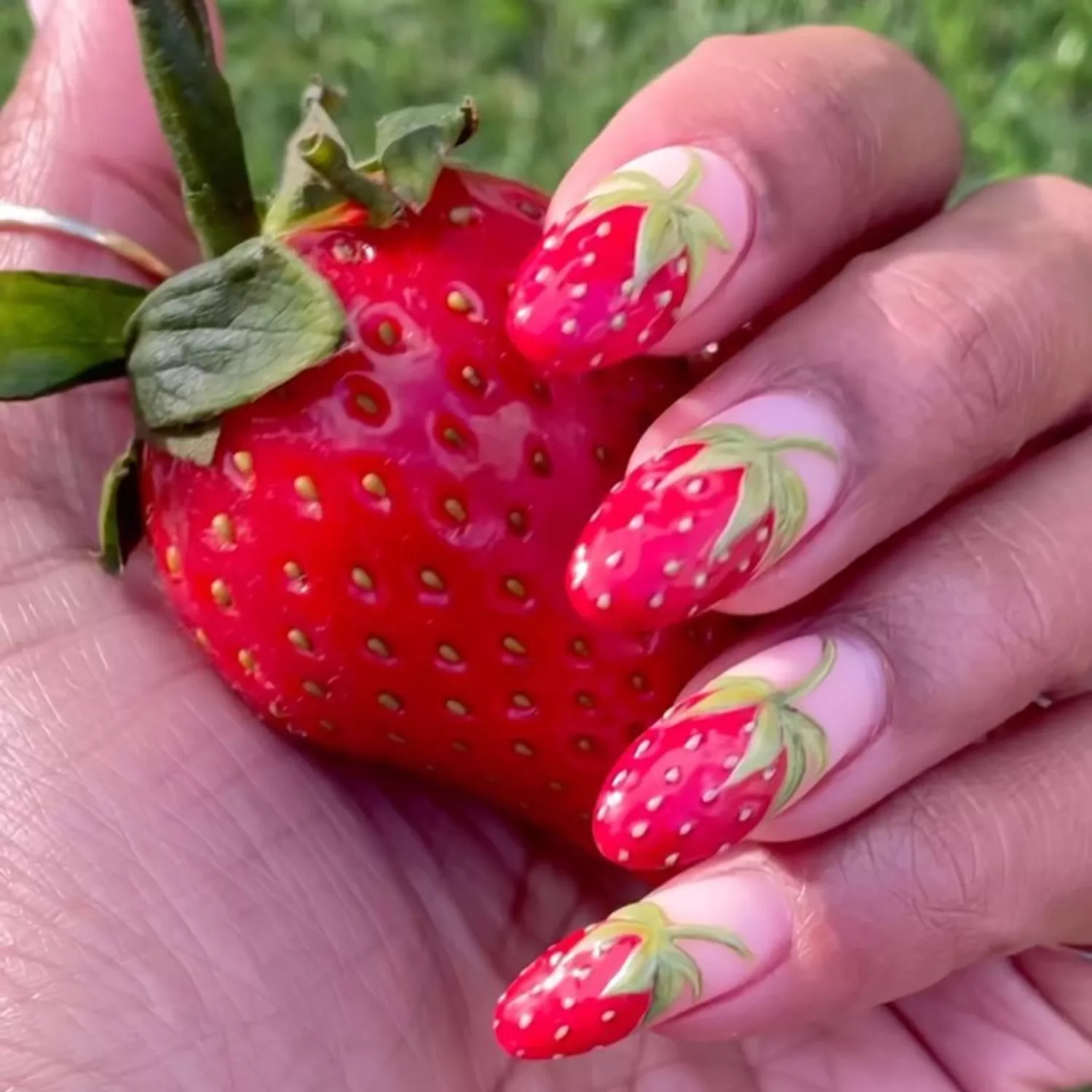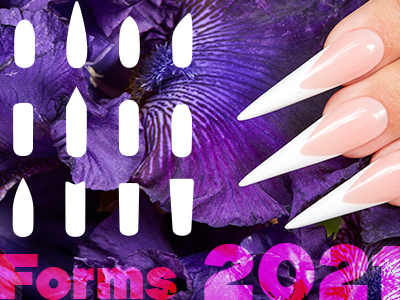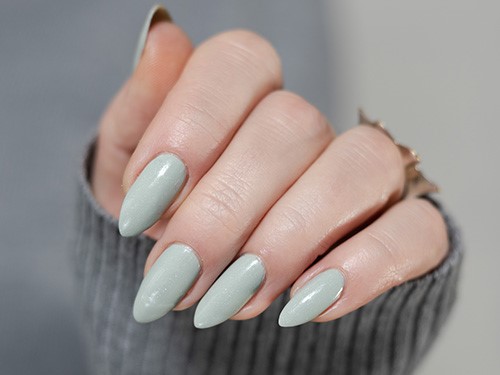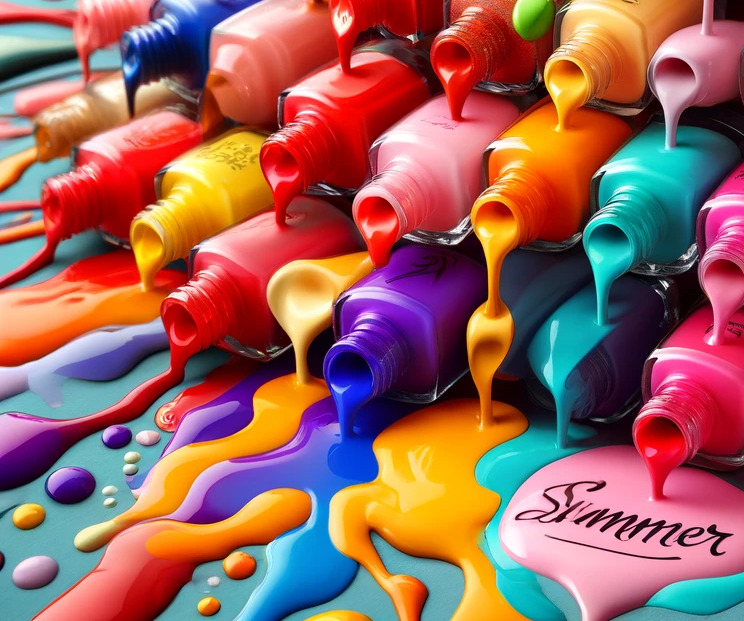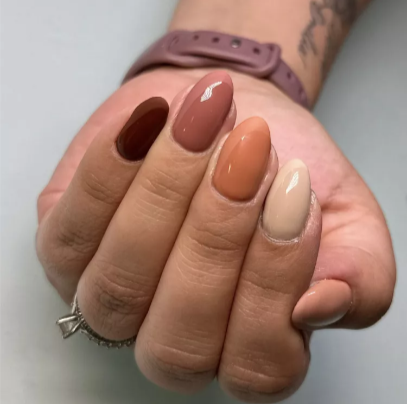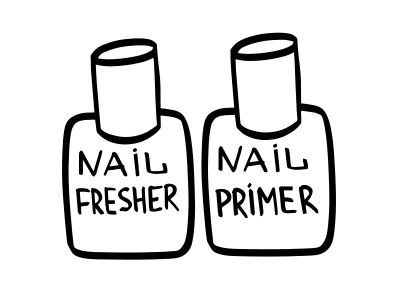Everything you need to know about nail building sanders

Nail extensions are a highly sought-after procedure in the beauty industry, requiring specialised tools and materials. An essential element of this process is nail construction templates. In this article, we will help you understand the essence of these templates, discover the varieties available, evaluate their advantages and disadvantages, and offer tips on their proper use.
Nail building stencils are special devices used to give false nails the desired shape and length using UV or acrylic gel. They provide a convenient base for applying shaping material to the natural nail, allowing you to create the desired length beyond the free edge.
Manufacturers provide an impressive variety of upper and lower shapes for nail extensions. These are distinguished by material, size, tip type, colour and design.
Nail construction templates - classification
- Paper templates are disposable, created from soft materials and can be easily adjusted to fit even irregular nail shapes. The stencils are fixed under the free edge of the nail and then UV gel or acrylic is applied over the design. The stencil material is highly malleable, making the shaping process easier. These products are available in sets of 50 and 100 pieces. A major benefit is the possibility to choose an individual non-standard shape, adjusting the size according to personal preference. The durability of the manicure depends largely on this distinctive feature;
- Metal templates are made of Teflon so they can be reused. They are designed to help achieve a correct and beautiful nail shape. After curing, the stencil is removed and the excess is carefully cleaned and polished before applying a final coat. An essential aspect of using these stencils is the need to meticulously disinfect them after each client, thus ensuring a hygienic and safe nail care environment;
- Plastic templates (upper templates). Templates made of plastic are often preferred for their ability to be easily shaped and designed. Sometimes they can be transparent, which facilitates the shaping and designing process, allowing details to be seen during use. Upper moulds can be applied for self-extension purposes;
- Using foil is functional: Many nail artists recommend using foil, due to the fact that it is easy to shape and has a smooth surface on which gel can be applied easily. To secure the foil, fold it in several layers to create a solid base and then attach it to the underside of the nail bed. It is important to note that the fixing agent should be applied to the shiny side of the foil.
Advantages of construction templates
- The ability to create unique and original nail shapes is a distinctive competence in the field of nail aesthetics. By finely lacquering the client's nails, a slim and elegant look is achieved.
- It avoids the flat look of the nails by building a solid nail plate structure, contributing to a more sophisticated aesthetic.
- The use of superior stencils allows the correct formation of the stress area, ensuring the creation of a uniform arch on all nails. This results in visual cohesion and a harmonious result.
- The implementation of stencils facilitates the nail extension process, reducing the risk of gel dispersion on the nail plates and providing more convenient shaping.
- This precise method minimizes the possibility of errors, consistently resulting in excellent nails.
Both gel and acrylic nail extensions offer impressive results. These procedures not only lengthen short nails, but also strengthen the brittle nail plate, giving your fingers a slimmer, sleeker look. We recommend trying stencils in a variety of materials, shades and patterns to make the process easier and add a creative and personalized touch to your results.
Nail building stencils are special devices used to give false nails the desired shape and length using UV or acrylic gel. They provide a convenient base for applying shaping material to the natural nail, allowing you to create the desired length beyond the free edge.
Manufacturers provide an impressive variety of upper and lower shapes for nail extensions. These are distinguished by material, size, tip type, colour and design.
Nail construction templates - classification
- Paper templates are disposable, created from soft materials and can be easily adjusted to fit even irregular nail shapes. The stencils are fixed under the free edge of the nail and then UV gel or acrylic is applied over the design. The stencil material is highly malleable, making the shaping process easier. These products are available in sets of 50 and 100 pieces. A major benefit is the possibility to choose an individual non-standard shape, adjusting the size according to personal preference. The durability of the manicure depends largely on this distinctive feature;
- Metal templates are made of Teflon so they can be reused. They are designed to help achieve a correct and beautiful nail shape. After curing, the stencil is removed and the excess is carefully cleaned and polished before applying a final coat. An essential aspect of using these stencils is the need to meticulously disinfect them after each client, thus ensuring a hygienic and safe nail care environment;
- Plastic templates (upper templates). Templates made of plastic are often preferred for their ability to be easily shaped and designed. Sometimes they can be transparent, which facilitates the shaping and designing process, allowing details to be seen during use. Upper moulds can be applied for self-extension purposes;
- Using foil is functional: Many nail artists recommend using foil, due to the fact that it is easy to shape and has a smooth surface on which gel can be applied easily. To secure the foil, fold it in several layers to create a solid base and then attach it to the underside of the nail bed. It is important to note that the fixing agent should be applied to the shiny side of the foil.
Advantages of construction templates
- The ability to create unique and original nail shapes is a distinctive competence in the field of nail aesthetics. By finely lacquering the client's nails, a slim and elegant look is achieved.
- It avoids the flat look of the nails by building a solid nail plate structure, contributing to a more sophisticated aesthetic.
- The use of superior stencils allows the correct formation of the stress area, ensuring the creation of a uniform arch on all nails. This results in visual cohesion and a harmonious result.
- The implementation of stencils facilitates the nail extension process, reducing the risk of gel dispersion on the nail plates and providing more convenient shaping.
- This precise method minimizes the possibility of errors, consistently resulting in excellent nails.
Both gel and acrylic nail extensions offer impressive results. These procedures not only lengthen short nails, but also strengthen the brittle nail plate, giving your fingers a slimmer, sleeker look. We recommend trying stencils in a variety of materials, shades and patterns to make the process easier and add a creative and personalized touch to your results.
Published: 02.10.2020 12:11
Times Read: 1930
